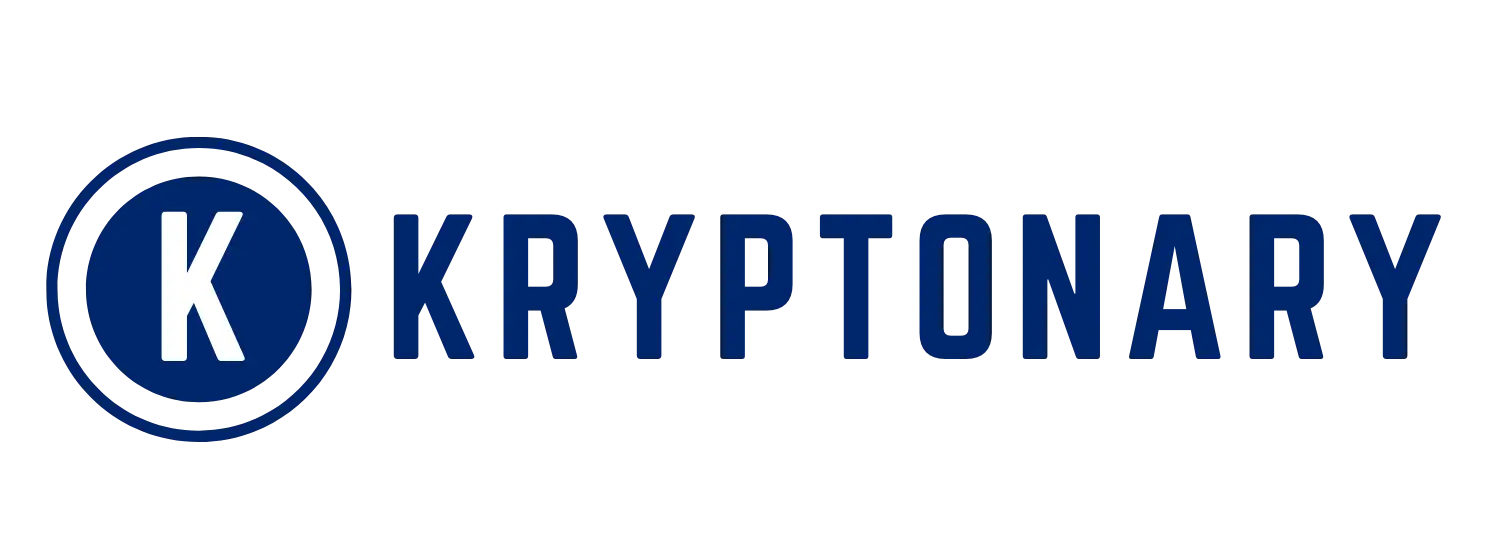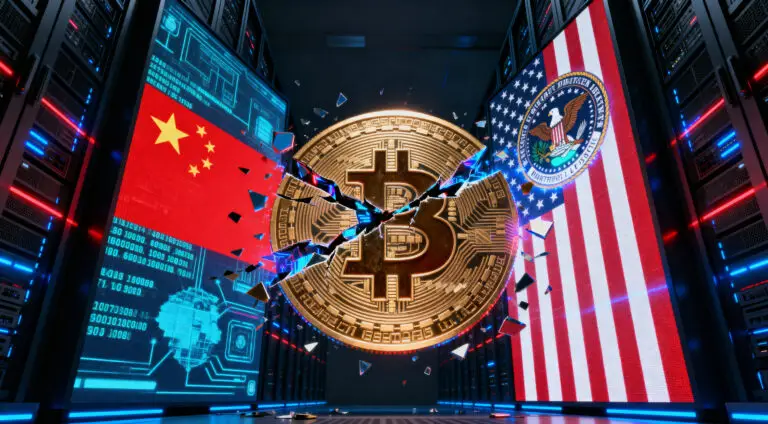The New Frontier of Corporate Crypto Treasuries
The world of corporate finance is undergoing a significant transformation, with cryptocurrencies moving from the fringes to the balance sheets of publicly traded companies. A new report from Amina Bank, a licenced bank and securities dealer in Zug, Switzerland, highlights this shift. The report details the rise of crypto treasury companies and notes that what began as a “bitcoin-only trend” has now evolved into a “broad multi-asset crypto treasury movement.”
In this evolving landscape, XRP has emerged as a notable addition to corporate balance sheets. This move reflects a strategic diversification away from just Bitcoin and Ethereum towards assets that combine operational use cases with potential yield generation. The growing interest in XRP, in particular, accelerated after a crucial U.S. court victory that provided much-needed regulatory clarity.
XRP’s Newfound Clarity Paves Way for Institutional Adoption
The recent end of the long-running legal battle between Ripple and the U.S. Securities and Exchange Commission (SEC) has been a monumental catalyst for XRP’s corporate adoption. In a significant boost to market confidence, both parties have officially withdrawn their appeals, cementing a court ruling that XRP is not a security when sold on exchanges to retail investors. This crucial development removes a major regulatory overhang that had long deterred institutional investment and limited corporate engagement.
The newfound clarity has effectively legitimised XRP in a key context, paving the way for greater institutional adoption and new financial offerings such as exchange-traded funds (ETFs). For companies considering a digital asset treasury, this legal certainty is a powerful incentive, as it mitigates legal and compliance risks, making XRP a more attractive and viable asset for corporate reserves.

Corporate Giants Embrace XRP Treasury Strategies
The shift in corporate sentiment towards XRP is not just theoretical; it’s backed by concrete actions from publicly traded companies. The Amina Bank report highlights that since the regulatory clarity, companies have announced more than $980 million in planned XRP purchases. This reflects a growing trend of firms targeting a spectrum of tokens beyond just Bitcoin and Ethereum. One prominent example is Nature’s Miracle Holdings, a U.S.-based agricultural technology firm, which has disclosed plans to allocate up to $20 million into an XRP treasury.
Another notable player is the Nasdaq-listed Vivopower International, which raised $121 million to establish an XRP reserve. This move by Vivopower is particularly ambitious, as the company aims to become the first publicly traded company dedicated to the token. These moves illustrate the broadening adoption that Amina highlighted and underscore a new paradigm where corporate treasuries are becoming more diversified and strategic, seeking to capitalise on a wider range of blockchain infrastructures to meet their specific financial and operational goals.
The Core Appeal of XRP for Institutional Use
XRP’s appeal to corporate treasuries lies in its unique combination of operational utility and institutional alignment, which sets it apart from other cryptocurrencies. Its key strengths include high liquidity, seamless integration with Ripple’s established payment network, and its alignment with institutional transaction needs. Ripple’s suite of solutions, which leverages the XRP Ledger, was purpose-built to enable fast, low-cost, and highly scalable transactions across developer and financial use cases.
This is a critical factor for companies, as they can utilise XRP as more than just a store of value. They can integrate it into their internal treasury flows, third-party payments, and collections, seamlessly connecting traditional payment networks with blockchains. This operational utility, combined with Ripple’s proven track record of working with regulators and policymakers, builds a high degree of credibility and trust, making XRP a natural choice for companies looking to innovate in global finance.
The Ripple and Rail Acquisition Advantage
Ripple has acquired Rail, a stablecoin-powered global payments platform, for $200 million, aiming to gain a significant advantage in the growing market for stablecoin-based payments. The acquisition, subject to regulatory approvals, will provide a comprehensive stablecoin payments solution, offering premium digital asset liquidity for assets like RLUSD and XRP.
It will also provide virtual accounts and automated back-office infrastructure, streamlining operations for institutional clients. Ripple President Monica Long believes Rail will drive the next phase of innovation and adoption of stablecoins and blockchain in global payments. This strategic acquisition combines traditional payment networks with blockchains, low-cost liquidity, and secure digital asset custody.
Navigating Risks and Future Potential
While the trend of corporate adoption is highly positive, Amina Bank did caution that XRP treasury strategies still face risks from market volatility, potential impairment charges, and dependence on capital raises. However, supporters argue that XRP’s robust integration with a functional payment network provides tangible value beyond purely speculative holding, which can help mitigate some of these risks.
The recent end of the lawsuit with the SEC is a major milestone that removes the biggest hurdle, potentially paving the way for a new era of growth. With the regulatory overhang gone, XRP is now in a much stronger position to attract capital and talent. The successful integration of Rail and the continued expansion of corporate adoption will be key factors in its long-term success.
XRP at the Forefront of Institutional Crypto
The surge of XRP into corporate treasuries marks a powerful shift in institutional crypto strategy. The landmark regulatory clarity from the end of the SEC lawsuit, coupled with XRP’s inherent utility in the payments space, has created a compelling narrative for its adoption. Companies are no longer just looking at Bitcoin; they are actively diversifying into assets like XRP that offer a unique combination of operational use cases, liquidity, and potential for yield.
With companies like Nature’s Miracle and Vivopower making significant commitments, and Ripple itself expanding its capabilities through strategic acquisitions like Rail, XRP is positioned at the forefront of this new trend. Its journey from a high-profile legal battle to a legitimate corporate treasury asset is a testament to its resilience and long-term potential in the evolving digital asset economy.
Read More: XRP Ripple Acquires Rail to Dominate Stablecoin Payments















